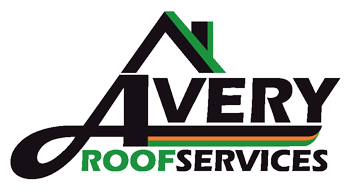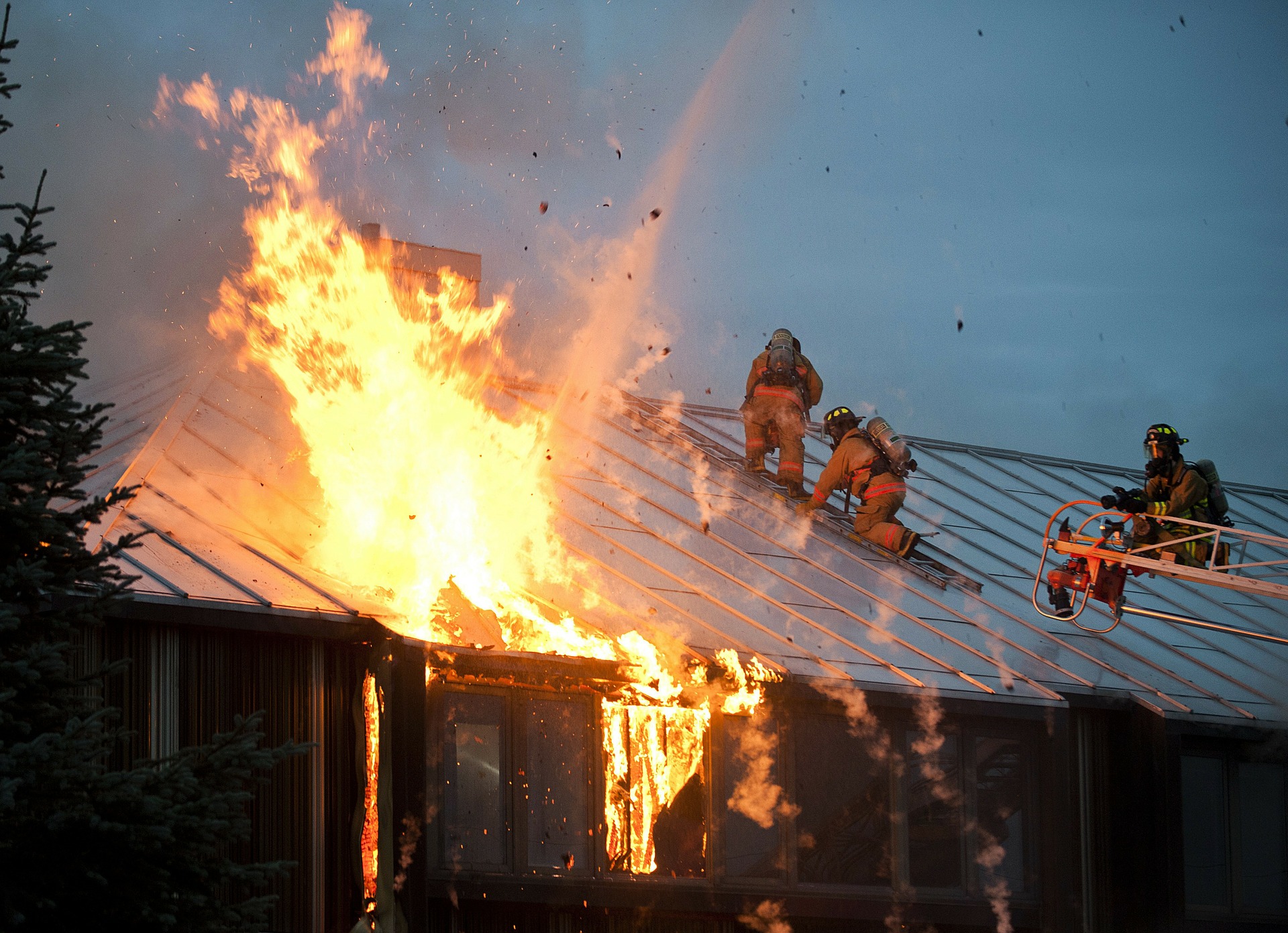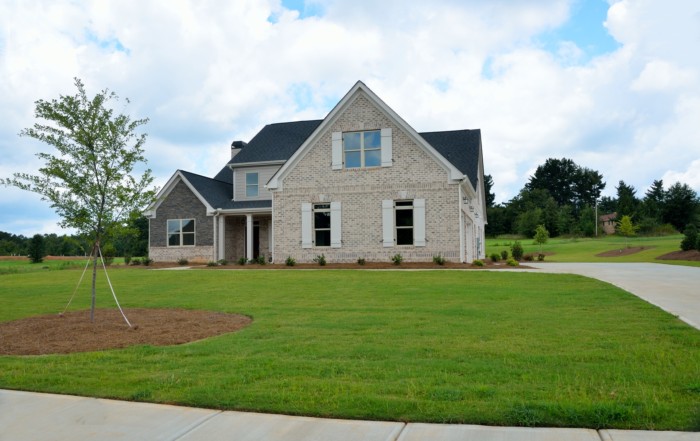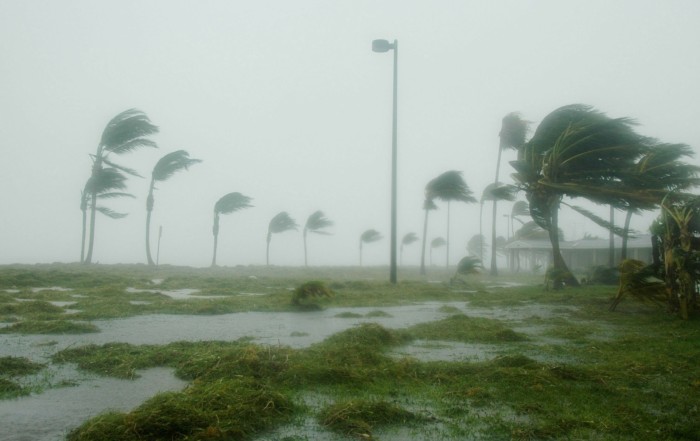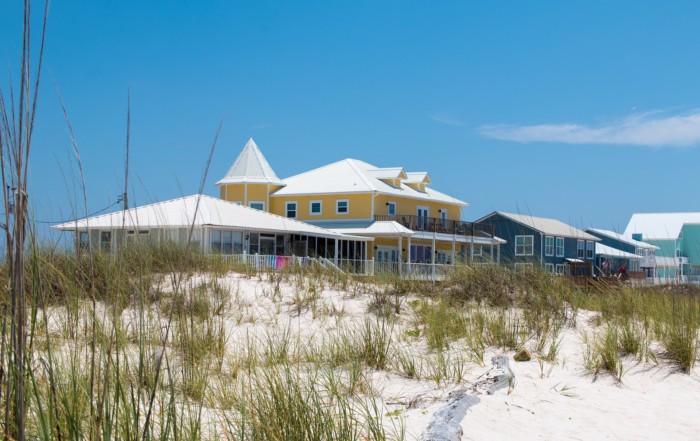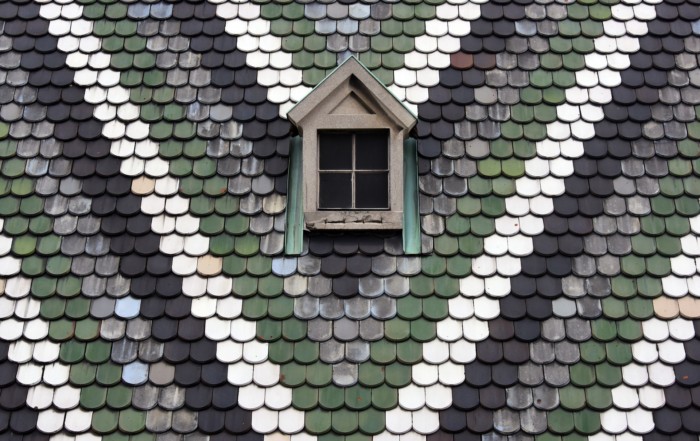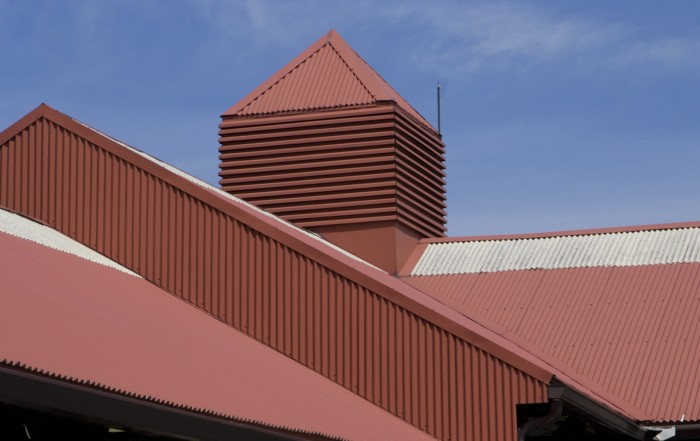There is perhaps nothing more terrifying to a homeowner than the prospect of a house fire. While there are many things you can do to help reduce the risk of a fire at your home – including using fire-resistant sidewalls, keeping trees and brush away from the walls of your home, and having your electrical systems routinely inspected – a fire-safe roof can also be a major deterrent.
Fire ratings for roofing materials are one way to gauge how a roof may fare in a fire. This blog will provide an explanation of those fire ratings, as well as some other considerations which may come into play. Because new roofing materials are being introduced all the time, be sure to ask a roofing professional about options when it comes time to install a new roof.
UL Fire Ratings
The most commonly accepted standards for fire resistance in roofing materials are those of Underwriters Laboratories, Inc, a non-profit organization committed to establishing of fire safety standards.
The ratings are:
Class “A”: The highest fire-resistance rating for roofing indicates that the materials are able to withstand severe exposure to fire, if the fire source is outside the building.
Class “B”: This fire-resistance rating indicates that the rated roofing materials will withstand moderate exposure to fire, if the fire source is outside the building.
Class “C”: This rating indicates that the roofing materials limited to withstanding only light exposure to fire, if the fire source is outside the building.
Some roofing materials, such as untreated wood, are unrated as they cannot meet even the minimum ratings for fire safety. However, if the wood is treated with fire-retardant chemicals, it can often meet Class B – or even class A – requirements. Underlying material may also be used to boost the roof material rating, but these rating will specify a “by assembly” qualification.
A standard fire test is performed to establish the fire rating of a roofing material. This test assesses the following performance criteria:
- Flame penetration through the roof covering into the attic area
- The extent of flame spread over the entire surface of the roof covering
- The likelihood that the roof covering will become displaced and throw off embers.
Specifics of Roofing Material Fire Ratings
Did You Know? Buildings with Calls A fire ratings for their roof are generally afforded the best insurance rates.
- Clay roof tiles, slate and concrete all offer a Class A fire rating, reflecting that they are non-combustible. These ratings are maintained throughout their lifecycle. No additional treatments are required to keep the roof fire-rated. However, these are very heavy materials. In some departments, fire fighters may not be permitted to enter a home with a tile or stone roof if the fire has progressed beyond a certain point, for fear of the very heavy roof collapsing in on them.
- Asphalt shingle roofing is also considered to be Class A, but is not deemed as fire-resistant as tile or slate. Ask your roofing contractor if your roof will need additional treatments as the reflective covering erodes throughout the years.
- Wooden roofing, as you may expect, is considered the most susceptible to fire damage. Although treated wood can reach Class B status, and can be elevated to Class A with proper underlying material, wooden shakes should be carefully considered in fire-prone areas.
- Metal roofs are generally Class A., and as they are also lightweight, may be a prudent option for those looking to minimize fire damage for their residential home or commercial facility.
At Avery Roof Services, we are committed to installing quality roofing for Sarasota homeowners. If you have any questions regarding fire safety ratings, roofing materials, or genera concerns, we welcome your call.

